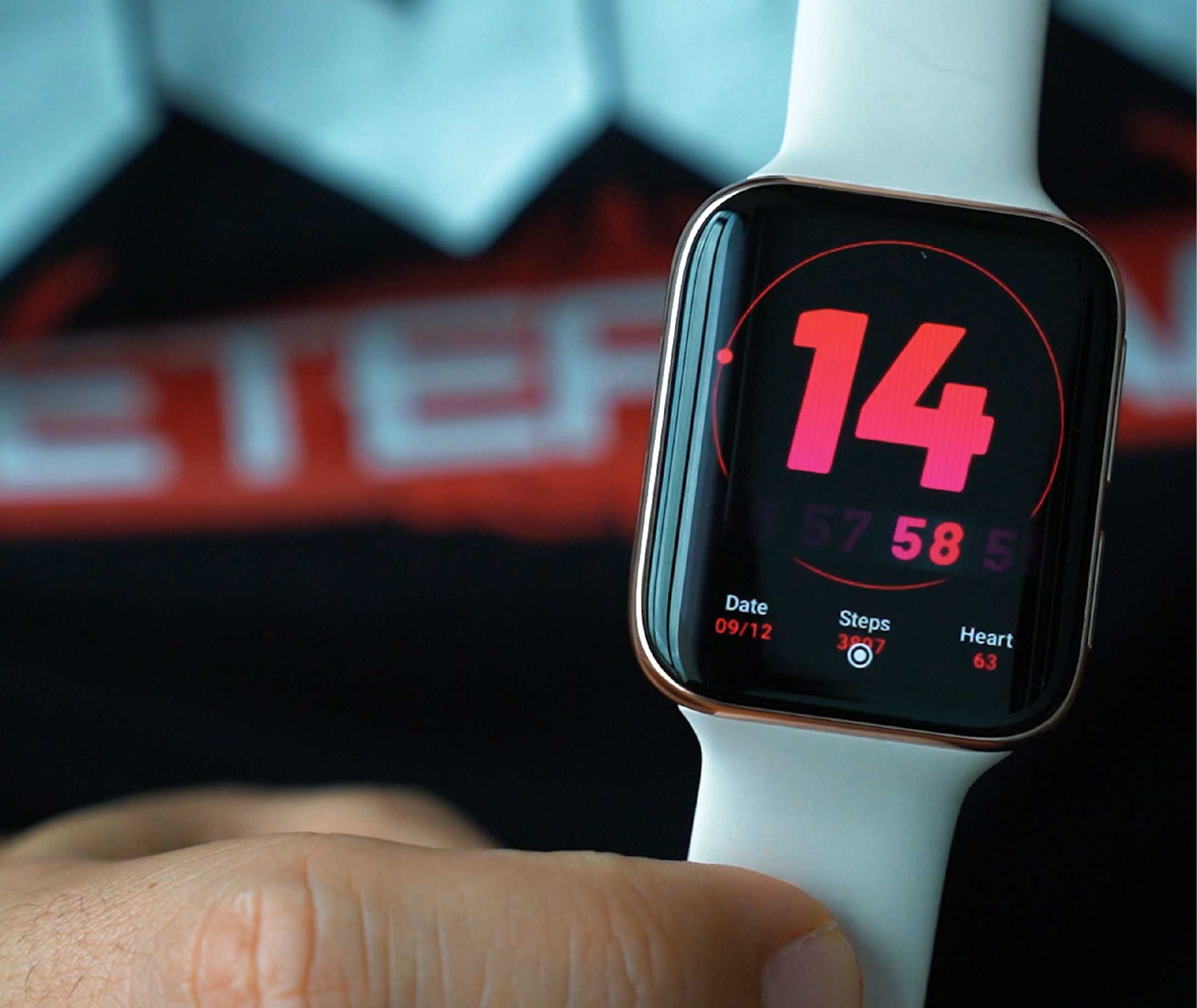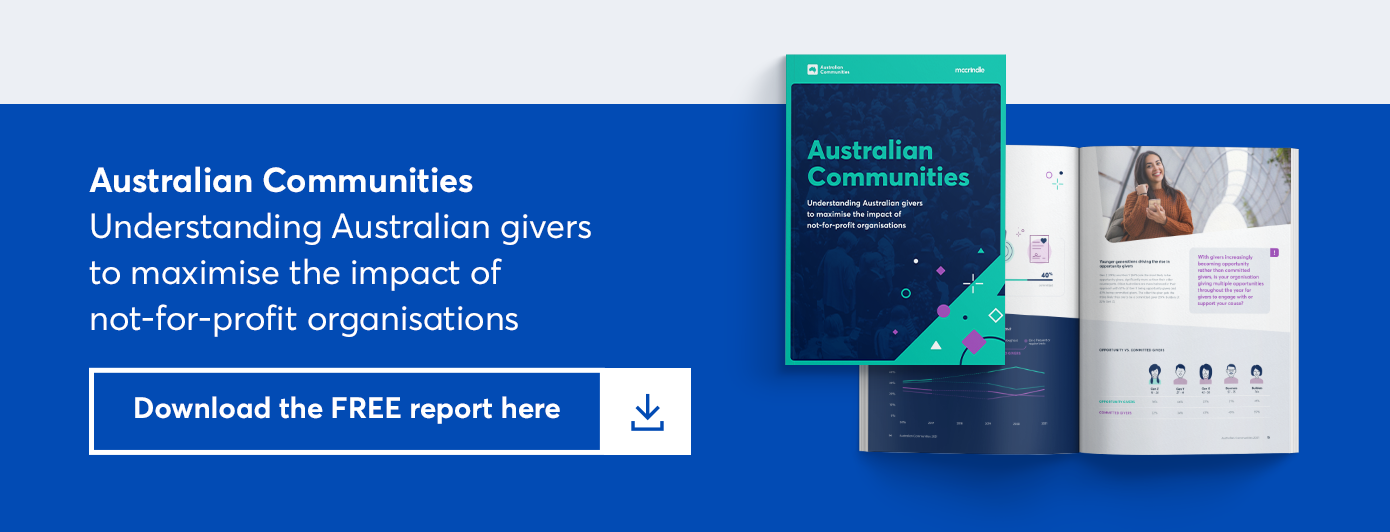Understanding Australians’ health amidst a pandemic

From COVID-19 to pre-pandemic health concerns, Australian communities are enduring numerous pressures when it comes to health care. The national vaccine rollout, various lockdowns and the recent series of natural disasters has placed strain on the existing health challenges that everyday Australians were already facing.
The ABS found in its January 2021 Household Impacts of COVID-19 Survey that three in 10 Australians (30%) have prioritised their health more since the beginning of the pandemic.
“People aged 65 years and over (50 per cent) were more likely than younger people aged 18 to 34 years (36 per cent) to have prioritised their physical health due to COVID-19.” – Mr Zago – Head of Household Survey from the ABS.
Health concerns for Australians prior to the pandemic
While the nation responds to the pandemic, it is worth asking the question: how bad were things before COVID-19 when it comes to Australia’s health? Although life expectancy has been increasing for some time and we now appear global leaders in responding to COVID-19, it doesn’t change the fact that we are navigating our way through an unprecedented pandemic recovery, and that quality of life has been under duress for many years. The latest data shows the leading cause of death in Australia is heart disease, which was responsible for more than 18,000 deaths in 2019. Alarmingly, suicide is the leading cause of death for people aged 15-49.
In the 2018 National Health Survey, the ABS discovered that 67% of Australians were overweight or obese, 47% of Australians had one or more chronic conditions and one in five (20.1%) had a mental or behavioural condition. More than one in 10 (13%) had an anxiety related condition and 10% had depression or feelings of depression, both which increased from the 2014-15 data.

Thankfully, a new Intergenerational Health and Mental Health Study (IHMHS) is being conducted by the ABS in 2021 along with the Census. As Australians continue to face the stress of changing plans, state border closures, ongoing restrictions and changing health guidelines to manage the spread of COVID-19, this new study will show just how challenging this once in a century global crisis, as well as the numerous natural disasters, have been on our physical and mental health.
Physical activity and wearable technology
Although Australia is a land that lives for the weekend and loves to watch and participate in sport, that doesn’t equate to a physically active nation. Only a minority of Australians met the physical activity guidelines in 2018 with 1.9% of 15-17 year olds, 15% of 18-64 year olds and 17.2% of 65 year olds and over meeting the 2014 Physical Activity Guidelines.

The guidelines show that adults should aim to get 2.5-5 hours of moderately intense physical activity per week, or 1.25-2.5 hours of vigorous physical activity per week.

In an era of wearable technologies and a growing community of people tracking their own health data using smart devices, hopefully there is a positive future for the health of Australians. Initially, the impact of COVID-19 meant Australians reduced their steps by 4% back in March 2020 (during the first week of restrictions) according to Fitbit data.
Australians are enduring a once in a century crisis, however as a nation our existing health conditions could set the trajectory for how we handle the road ahead as we recover from COVID-19. However, it is also an opportunity for leaders to seize this moment and guide people towards a greater focus on their health, for the benefit of current communities and emerging generations.
For those seeking support, please contact:
-Beyond Blue 1300 22 4636
-Lifeline 13 11 14




